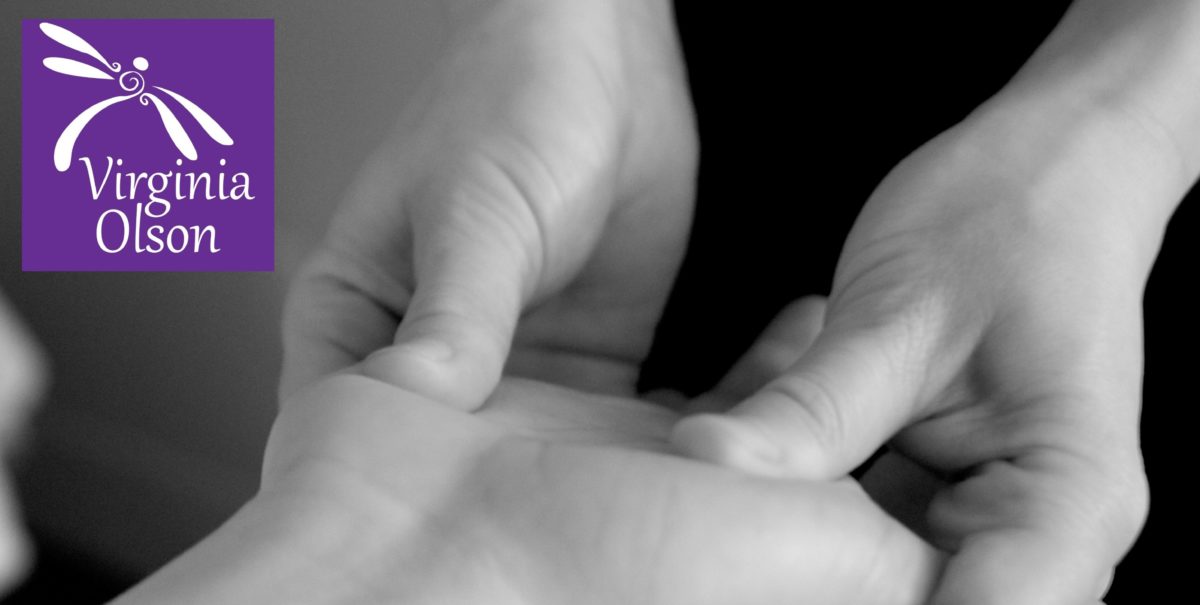I just finished reading The Poisonwood Bible by Barbara Kingsolver. In it, a missionary moves his family from Georgia to the Congo in the late 1950s to convert the natives to Christianity. The experience profoundly affects his wife and children, each in a different way.
Near the end of the story, his daughter Adah reflects on the experience, saying, “If chained is where you have been, your arms will always bear marks of the shackles. What you have to lose is your story, your own slant. You’ll look at the scars on your arms and see mere ugliness, or you’ll take great care to look away from them and see nothing. Either way, you have no words for the story of where you came from.”
I couldn’t help but reflect on how this is true in many situations. We all have injuries, some physical and some emotional. And in some way we are all marked by those experiences. Healing isn’t about erasing the experience itself, so much as it is about integrating it. Our hurts are part of us. They aren’t evidence of weakness. They can, in fact, be evidence of strength.
Later, she concludes, “The power is in the balance: we are our injuries, as much as we are our successes.” Thus, if we allow all of our experiences to become part of the tapestry of our lives, we can create something even more beautiful than we might by simply cataloguing our success stories.
There’s a lesson in here, too, about not holding too tightly to our own stories, to our “slant.” If we identify too strongly with a certain role, as victim, or if we cast others as perpetrators, we run the risk of getting too entrenched in our own stories, getting stuck in an emotional and psychological rut.
If we can find the balance, indeed if we can find words to weave our own stories, in full color and complexity, they acquire a richness that serves as inspiration for others, and a catalyst for our own growth and development.
